Every country has its own food culture, so it makes sense that American supermarkets might not carry certain produce other countries love. The worst part? You’re missing out on these fruits and veggies and all the great nutrients they provide.
Look below to see what you’ve been missing out on so you can make it your mission to find this produce wherever you can.
1. Starfruit
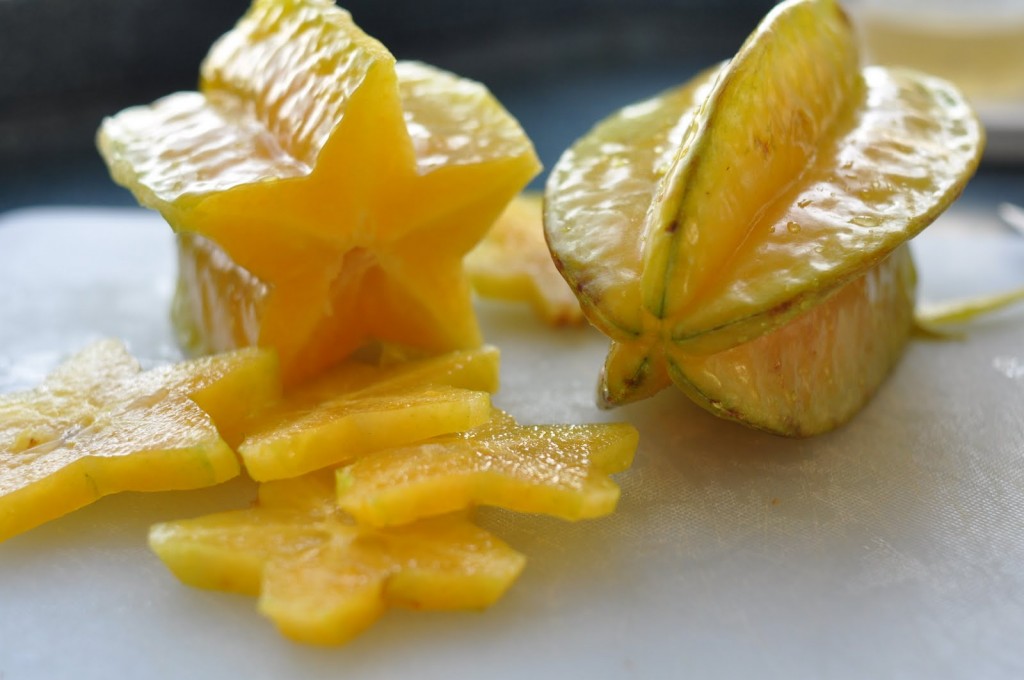
Photo courtesy of Brooklyn Soda Works
While you probably recognize this fruit, it’s not a common staple in the generic grocery aisle. You should seek it out though — it’s juicy, low-calorie, and full of Vitamin C and antioxidants. People say it tastes like an apple-pear-citrusy blend.
Plus, you can eat the skin and everything. Can you say, “No waste?”
2. African cucumber
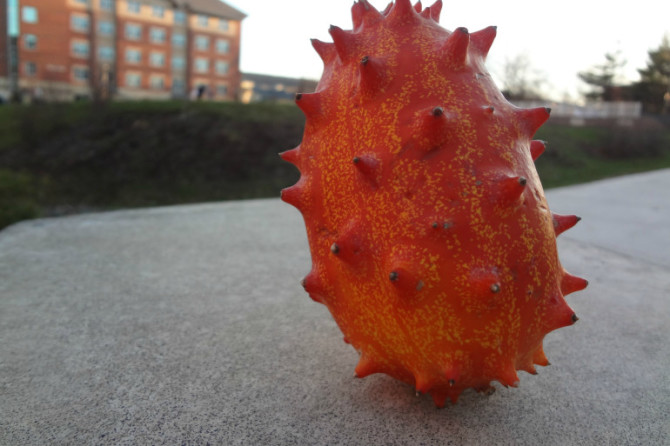
Photo by Ellie Bernstein
You might have heard of this guy by his other name — Horned Melon. Pokey on the outside and juicy on the inside, this guy’s seriously harboring some seedy, jelly-like secrets inside.
A bite of this fruit will reveal its awesome taste, a lime-banana fusion. While it’s mostly made of water (like cucumbers), it also contains a bunch of Vitamin C, potassium, and iron.
3. Lychee
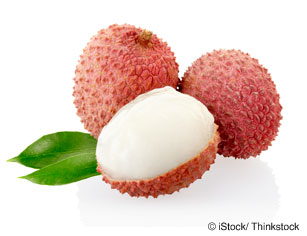
Photo courtesy of iStock/ Thinkstock
This fruit might be familiar to you from watching Avatar: The Last Airbender or Avatar: The Legend of Korra. A member of the soapberry family, lychee is good for your cold. It helps with a cough, relieves stomach pain, and even helps with swollen glands.
It’s sweet and juicy with a big pit. The taste is sometimes compared to a grape.
4. Buddha’s hand
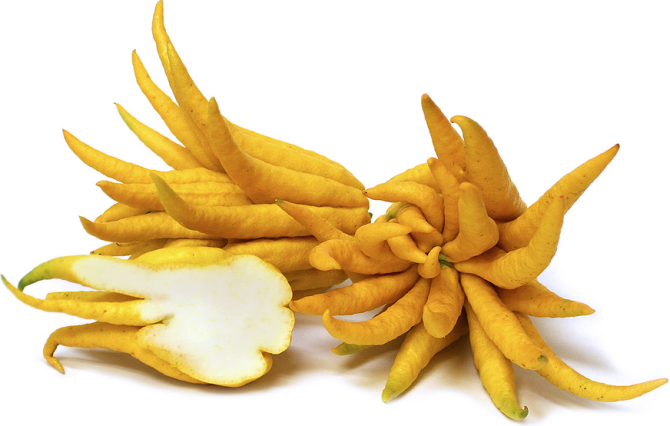
Photo courtesy of specialtyproduce.com
No, this isn’t a diseased lemon, even though it for sure looks like it. It doesn’t have seeds or much pulp at all. Basically, it’s all rind. But there are a whole bunch of uses for Buddha’s Hand, from throwing it in a cocktail to eating it candied.
Unlike a lot of citrus, this rind is actually sweet.
5. Dragon Fruit
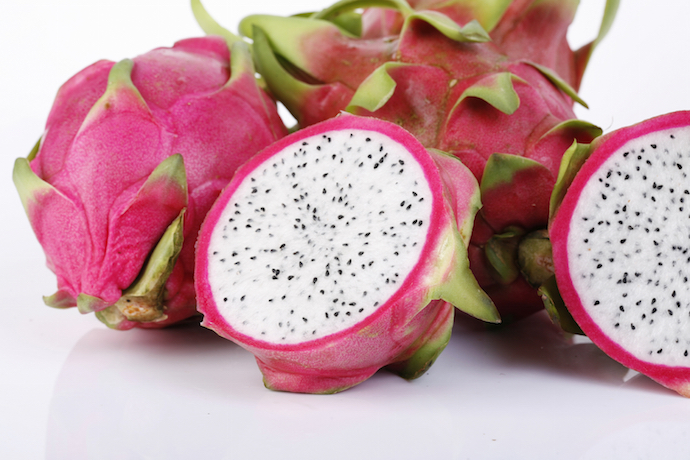
Photo courtesy of Fairway Market blog
Dragon Fruit (official name: Pitaya) isn’t just the national fruit of Vietnam. Scoop out the insides and eat to get at this tasty treat, but avoid the bitter pink skin. Plus, there’s no shortage of nutrient benefits. Take a bite to get some Vitamin C, good fatty acids, calcium, and a bunch of B vitamins.
Don’t overindulge though — it also contains fructose, and too much isn’t good for you.
6. Romanesco
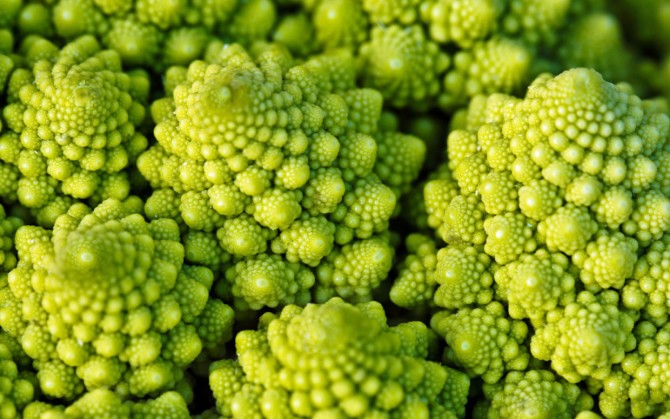
Photo courtesy of iStock
Is it an alien? No, it’s just something kind of like broccoli. Think of it like that when you cook it — raw, steamed, or any variation is all good to eat it. Some people think it was specifically breeded by Italian farmers in the 16th century.
The taste is like cauliflower, only a little nuttier and earthier.
7. Cherimoya
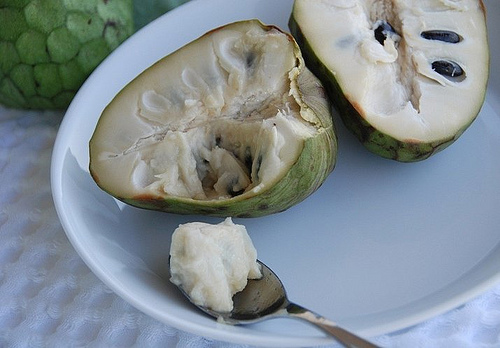
Photo courtesy of Food Blogga
It’s kind of like an apple with a fun little twist. There are all different varieties of cherimoyas, like Custard Apples, Atemoyas, Sugar Apples, and Guanabanas. Plus, they don’t have any saturated fats, cholesterol, and have a bunch of soluble dietary fiber.
It’s best served as a hand fruit (you can eat the seeds too). Mark Twain called it, “The most delicious fruit known to men.”
8. Pummelo
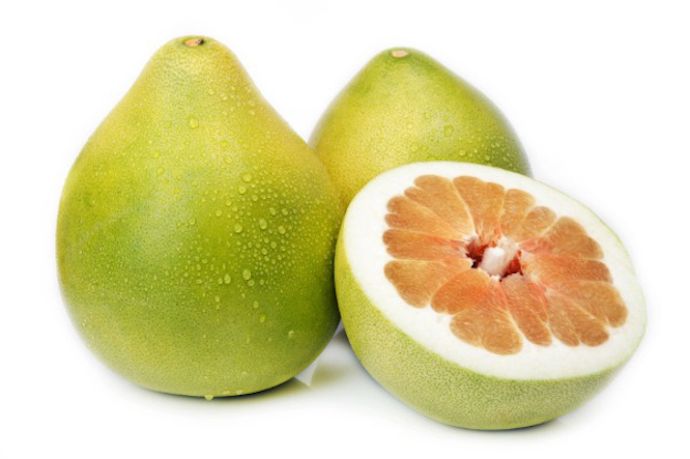
Photo Courtesy of Queen Victoria Market
It’s also known as a pomelo, so don’t get confused. The largest member of the citrus family, it looks and tastes just like a grapefruit. And the benefits are awesome: it’s fat-free, cholesterol-free, sodium-free, and more.
Don’t be fooled by a sign that says “shaddock.” That’s another one of pummelo’s names.
9. Cucamelon
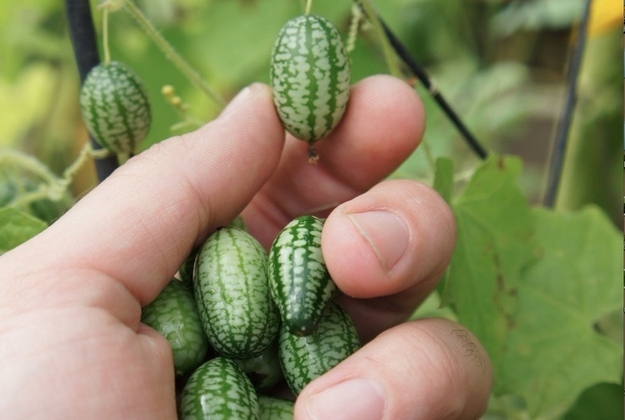
Photo courtesy of homegrown-revolution.co.uk
It’s also known as the Mexican Sour Gherkin, mouse melon, or Sandita. Plus, it’s super cute. A crunchy little fruit, they can be used in all kinds of recipes.
They tend to taste like sweet baby cucumbers.




